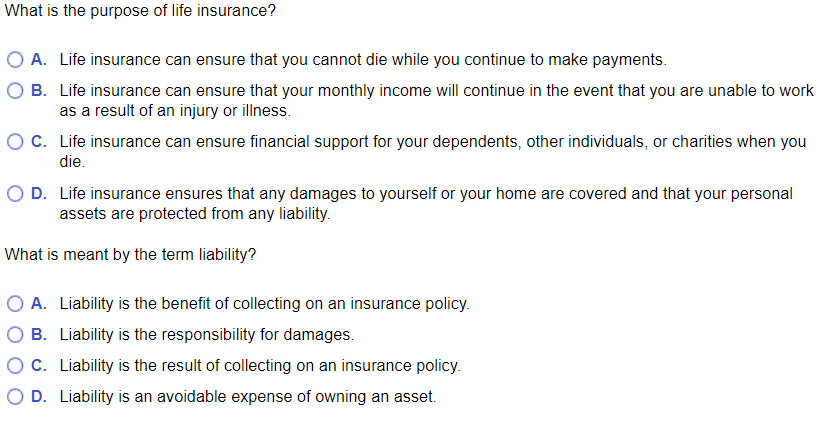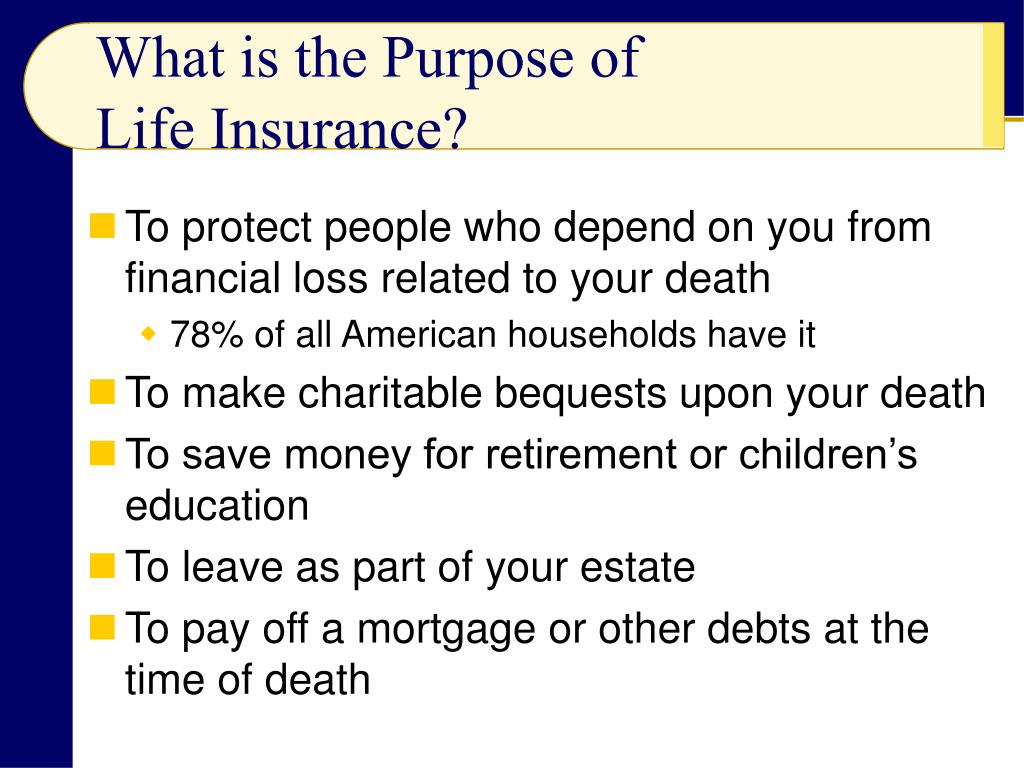The 5-Minute Rule for Pacific Prime
The 5-Minute Rule for Pacific Prime
Blog Article
The Main Principles Of Pacific Prime
Table of ContentsPacific Prime Things To Know Before You Get ThisAn Unbiased View of Pacific PrimeExcitement About Pacific PrimePacific Prime Things To Know Before You Buy
In a lot of states, the insurance provider is needed to send you a copy of the changes to your policy. It is crucial that you review Recommendations or Motorcyclists so you comprehend exactly how your policy has changed and if the plan is still ample to fulfill your demands. To acquire a copy of your insurance plan, please call your insurance policy representative or business.
The Institute of Medicine (IOM) Committee on the Consequences of Uninsurance launches an extended examination of evidence that addresses the relevance of medical insurance coverage with the magazine of this record. Insurance coverage Matters is the first in a collection of 6 records that will be issued over the following two years recording the truth and repercussions of having an approximated 40 million people in the USA without medical insurance coverage.

The Of Pacific Prime
The goal of this series of research studies is to redouble plan attention on a longstanding issue. Adhering to the lengthiest economic expansion in American history, in 1999, an approximated one out of every 6 Americans32 million grownups under the age of 65 and even more than 10 million childrenremains without insurance (Mills, 2000).

10 percent of the populace accounts for 70 percent of health and wellness treatment expenses, a relationship that has remained continuous over the past 3 years (Berk and Monheit, 2001) - international health insurance. Therefore health and wellness insurance policy remains to offer the feature of spreading risk even as it increasingly finances routine care. From the point of view of healthcare carriers, insurance policy carried by their patients helps secure an income stream, and communities benefit from financially viable and stable health treatment experts and establishments
Government provides medical insurance to populations whom the personal market may not serve properly, such as impaired and senior citizens, and populations whose accessibility to healthcare is socially valued, such as children and pregnant women. The ultimate ends of wellness insurance policy coverage for the individual and areas, including workplace communities of staff members and employers, are improved wellness results and quality of life.
5 Simple Techniques For Pacific Prime
Employees rate health and wellness insurance initially by much in value amongst all the benefits used in the workplace (Salisbury, 2001). There have actually been sizable investments of individual and public funds to provide health and wellness insurance policy, many individuals still have no insurance coverage. In spite of extensive reporting of study findings and health and wellness treatment research results, the public stays overwhelmed and misinformed about Americans without medical insurance and the implications of lacking protection.

Without doubt, the intricacy of American health care financing systems and the wide range of sources of information include in the public's confusion and suspicion concerning medical insurance statistics and their interpretation. This report and those that will comply with objective to distill and provide in conveniently understandable terms the comprehensive research study that bears on concerns of medical insurance coverage and its value.
Fifty-seven percent of Americans surveyed in 1999 believed that those without medical insurance are "able to get the care they need from doctors and medical facilities" (Blendon et al., 1999, p. 207). In 1993, when national attention was focused on the troubles of the without insurance and on pending healthcare regulation, simply 43 percent of those surveyed held this belief (Blendon et al., 1999).

They also receive less preventative services and are less most likely to have routine take care of persistent conditions such as high blood pressure and diabetic issues. Persistent illness can result in expensive and disabling complications if they are not well managed (Lurie et al., 1984; Lurie et al., 1986; Ayanian et al., 2000). One nationwide study asked more than 3,400 grownups concerning 15 extremely serious or somber conditions.
About Pacific Prime
Added evidence is provided later on in this chapter in the discussion of insurance coverage and accessibility to healthcare. https://www.huntingnet.com/forum/members/pacificpr1me.html. People without medical insurance are young and healthy and pick to go without coverage. Nearly international travel insurance half (43 percent) of those checked in 2000 believed that people without health insurance coverage are most likely to have health issue than individuals with insurance coverage
Citizens and plan makers in focus team discussions identify those without insurance as youngsters who have the possibility to be covered and feel they do not need it (Concierge Novelli, 2001). Compared to those with at least some exclusive coverage, the uninsured are much less most likely to report being in exceptional or very great wellness (Agency for Health Care Study and Quality, 2001).
SOURCE: Facility for Price and Financing Research Studies, Company for Medical Care Research and High quality, based upon MEPS information. Young adults in between 19 and 34 are much more most likely to do not have medical insurance than any various other age. This is chiefly since they are much less often eligible for employment-based insurance coverage as a result of the nature of their job or their short tenure in it.
The understanding that people without insurance coverage have better-than-average wellness adheres to from confusing the relatively young age profile of the uninsured with the much better health and wellness, on standard, of younger persons. This obscures the web link between health and wellness standing and wellness insurance policy. For those without accessibility to office wellness insurance policy, bad health and wellness is a prospective barrier to purchasing nongroup coverage because such coverage might be very priced, omit preexisting conditions, or be merely inaccessible.
Report this page